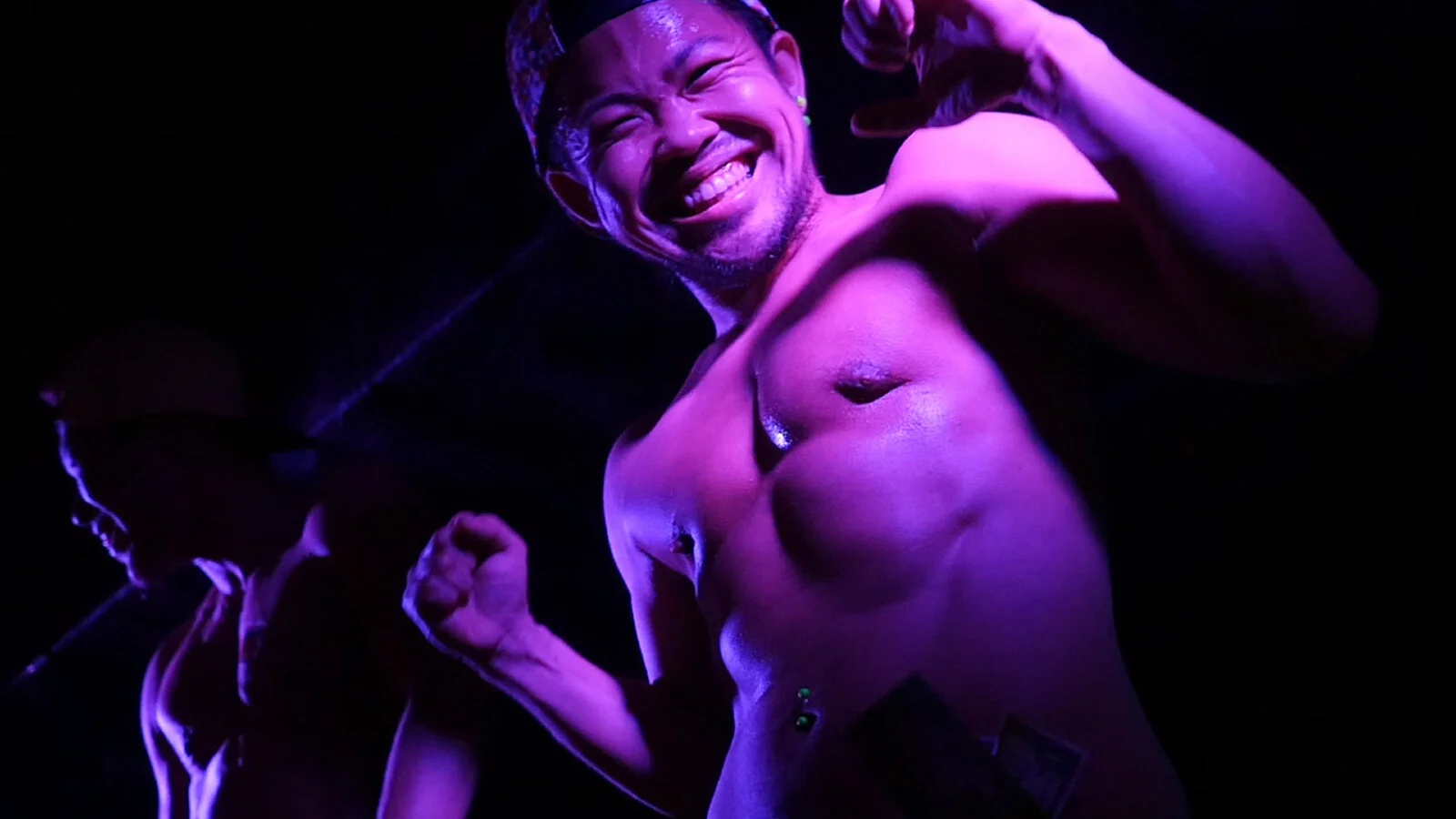Queer Japan: Doc on Japan’s Meek Acceptance of LGBTQ Culture a Delightful Rallying Cry
By Liam Lacey
Rating: A-
“I think it’s incredibly important to gain visibility so that we can be seen,” says dancer Atsushi Matsuda at the beginning of documentary, Queer Japan.
That emphasis on visibility is the key to this eye-popping survey of Japanese LGBTQ culture. Credits are splashed out as neon signs in the centre of Tokyo, in slo-mo, split-screens, and impressionistic montages.
Vancouver-based documentarian and writer Graham Kolbein (House of Gay Art) and his regular collaborator Anne Ishii offer a series of “character studies” rather than conventional sociology, history, or journalism.
We don’t meet a lot of gay cashiers, lawyers, farmers and factory workers but an astonishing variety of LGBTQ artists and their work. Shot over the course of four years — in urban centres of Tokyo, Osaka, Kyoto and Okinawa — the film includes interviews with more than 100 people, including artists, academics, club owners, a trans city counsellor, and a rock band that specializes in songs about sexually transmitted infections.
The artist group includes a couple of internationally known figures: manga artist Gengoroh Tagame is famous for his images of hypermasculine gay men, as well as a family-friendly series, My Brothers’s Husband.
But the highlight here is a performance-art piece from the performance artist Saeborg: An enormous latex sow lies on a small stage and a line of humans, dressed as piglets, crawl out, and begin climbing over each other to suckle on her teats.
The piece is both about animal cruelty and gender roles. Saeborg is part of the collective Department H (as in hentai), an underground theatre group involved at the cross-section of drag, body modification, and costume play. She explains that, when she began to wear rubber suits: “I could transcend humanity. Neither male nor female. I could be the person I wanted.”
One theme here is the notion of “hentai” which, in the West, tends to be thought of as manga and anima pornography. The wider Japanese meaning of perverse or bizarre cognate with the word “hen” (suspicious, funny, bizarre).
PROUDLY SUPPORTS ORIGINAL-CIN
This film itself, as dancer Matsuda points out, is evidence of this fascination with Japan’s culture of gender and species–blending imagery. The paradox is that while Japanese gay art may be leading edge, social acceptance and progressive politics are still lacking. A television clip from 2018 shows Liberal Democratic politician Mio Sugita, whose attacks on “unproductive homosexual people” led to condemnation and street protests.
Queer Japan serves as a series of lively snapshots of a multifaceted and shifting subject and comes up a little short on the issues of day-to-day experience of Japanese gay life. For useful background viewing, you can check out the episode from Vice’s Gaycation documentary television series, Gaycation Japan (available to purchase from YouTube) with hosts Elliot (formerly Ellen) Page and Ian Andrews.
For another Western filmmaker’s look at Japanese gender-fluid sub-culture, see Shinjuko Boys, the 1995 film by Kim Longinotto and Jano Williams (available on the library app Kanopy), which follows the lives of three women who live as men and work at Tokyo’s New Marilyn club, a place where straight women can enjoy paid-for flirting.
Queer Japan. Directed by Graham Kolbeins. Written by Anne Ishii and Graham Kolbeins. With Atsushi Matsuda, Gengoroh Tagame and Saeborg. Opens December 11 nationwide via theatrical-at-home and on-demand.



